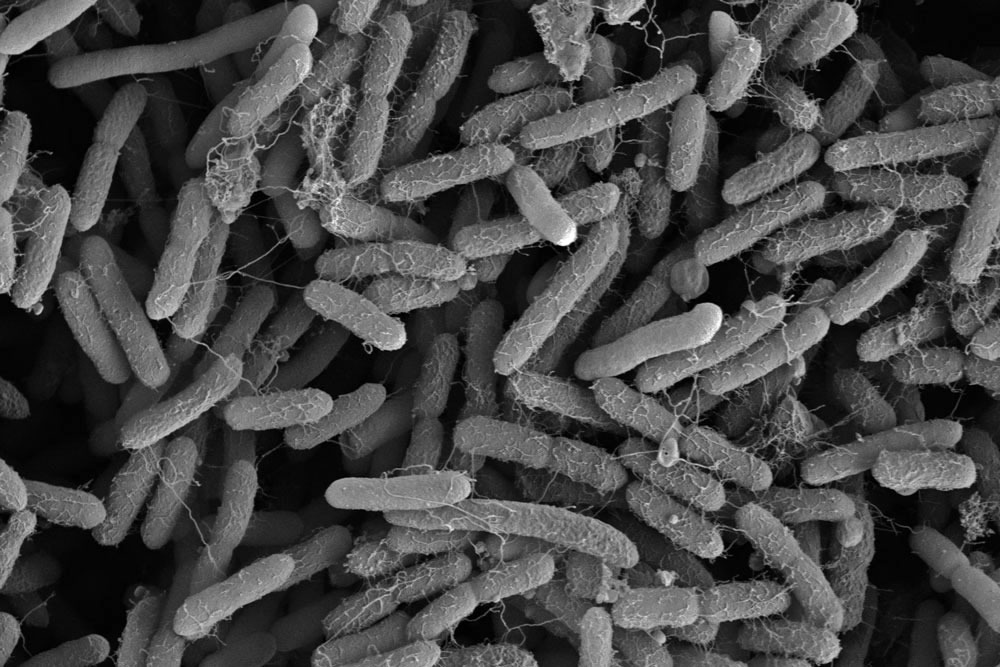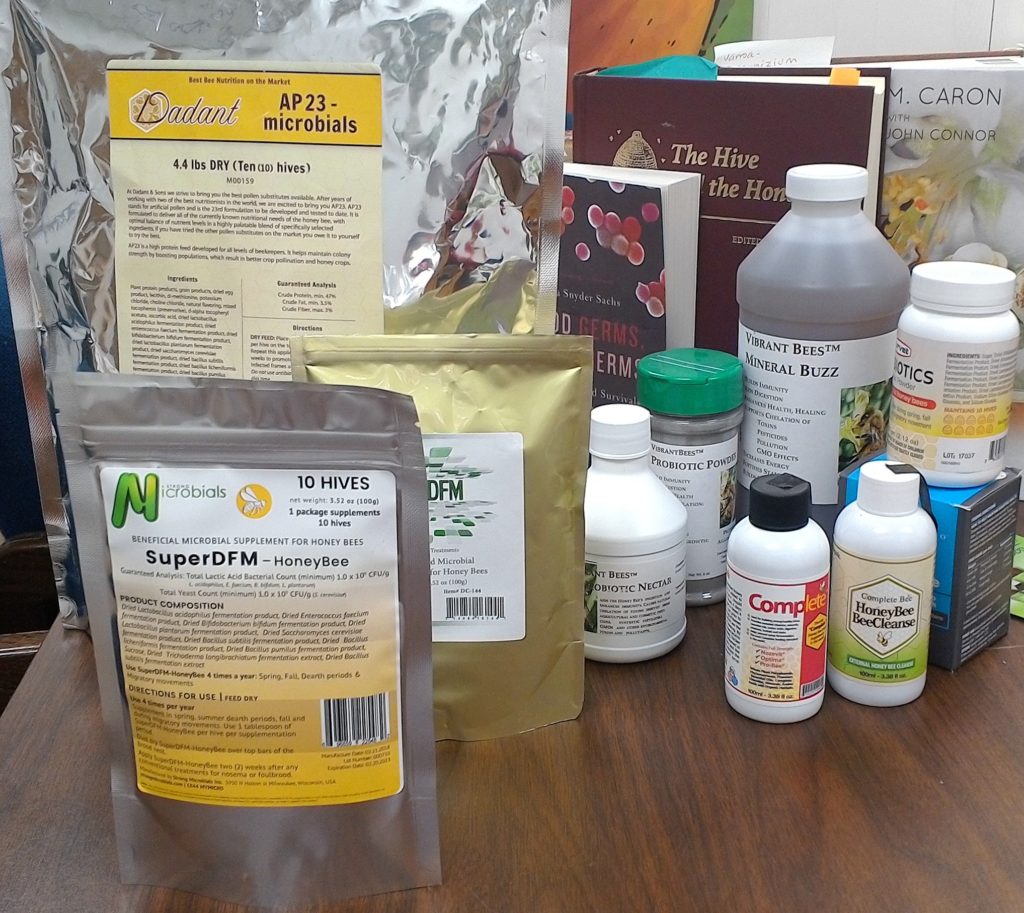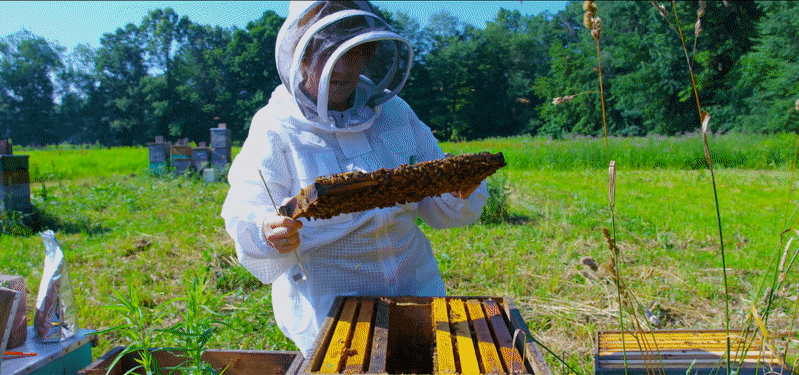What is the most effective delivery method for probiotics?

Probiotics are live beneficial microorganisms. Live beneficial microorganisms are found in many different places on the host’s body (Figure 1). Some are aerobic (oxygen-consuming), and some are anaerobic (don’t grow with oxygen). Probiotic microorganisms are predominantly present in the gut. Gut microorganisms are adapted to anaerobic (no oxygen) environment.
In honey bee gut, the most abundant and imperative microorganisms are anaerobic bacteria called Lactobacillus and Bifidobacterium. Lactobacillus and Bifidobacterium support digestion, immunity, and reproduction (1). Aerobic microorganisms such as yeast and Bacillus are also found in honeybee gut. Being oxygen scavengers, these microorganisms create a favorable environment for Lactobacillus and Bifidobacterium.
Antibiotics wipe out a balanced beneficial microflora of the honeybee colony, resulting in malnourished bees. Honeybee foragers normally acquire beneficial microorganisms from flowers, pollen and nectar. However, the use of pesticides, herbicides, fungicides wipe the beneficial microbes that are imperative to honeybees from their foraging environment, in addition to being deadly to pollinators themselves (2).
Thankfully, there are probiotic supplements for bees to replenish beneficial microorganisms (Figure 2). There are many different varieties as well as delivery methods (liquid or syrup, pollen patties, pills, dry powders). Which ones are the most effective?

It’s important to look at the composition (ingredients) of the probiotic supplement. Lactobacillus and Bifidobacterium containing probiotics will provide most benefits. Additionally, concentration and shelf life of the microorganisms is important.
Microorganisms in liquid probiotic supplements are actively metabolizing in an aerobic environment at the time of manufacturing. Being in an aerobic environment leads to die-offs of anaerobic microorganisms such as Lactobacillus and Bifidobacterium. Additionally, actively metabolizing microorganisms run out of food in liquid formulations, which limits shelf life of such products to days or weeks. Think of a typical yogurt found in refrigerated section of the grocery store.
Similarly, microorganisms added to pollen substitute patties are also actively metabolizing in an aerobic environment and are exposed to heat. Within days, culturable beneficial bacteria mixed into patties drops to undetectable amounts.
Dry formulations offer significantly longer shelf life and greater control over the beneficial microorganisms. In order to produce dry probiotic supplements, microorganisms are first grown to optimal population concentration and then are freeze dried (lyophilized). Lyophilization process does not harm beneficial microorganisms, putting them in a hibernation, where their metabolism slows down.

Applying dry probiotic formulation as powder delivers an army of billions of beneficial microorganisms, to wake up exactly where they should, in the gut of the honey bee. Moisture from the gut mucosa activates the beneficial microbes’ metabolism, providing greatest benefit.

Therefore, when choosing a probiotic supplement for your honey bee colonies, choose a dry formulation. Also, purchase reputable products from a company that specializes in microbial products or verified distributor.
May your honeybees be healthy and happy!
- N. Moran, et. al., 2016; Gut microbial communities of social bees.
- E. Motta, et. al., 2018; Glyphosate perturbs gut microbiota of honey bees

Can product be used while honey supers are on?
Suggested use is once for each season, spring, summer, fall, winter – can it be used more often if hive is struggling with weather issues?
If so, what is the time spacing between each application?
Thank you for your questions.
Yes, SuperDFM-HoneyBee can be used while honey supers are on and during the nectar flow. It does not contaminate the honey.
For most optimal results, please supplement SuperDFM to your colonies at every brood cycle during the active time of the honey bees.
Monthly supplementation is a good cadence to follow until honey bees cluster for the winter.
It is not necessary to supplement during winter/ cluster stage.
Please resume supplementation with SuperDFM when the queen resumes laying eggs, during the spring build-up.
May your bees be healthy and happy.